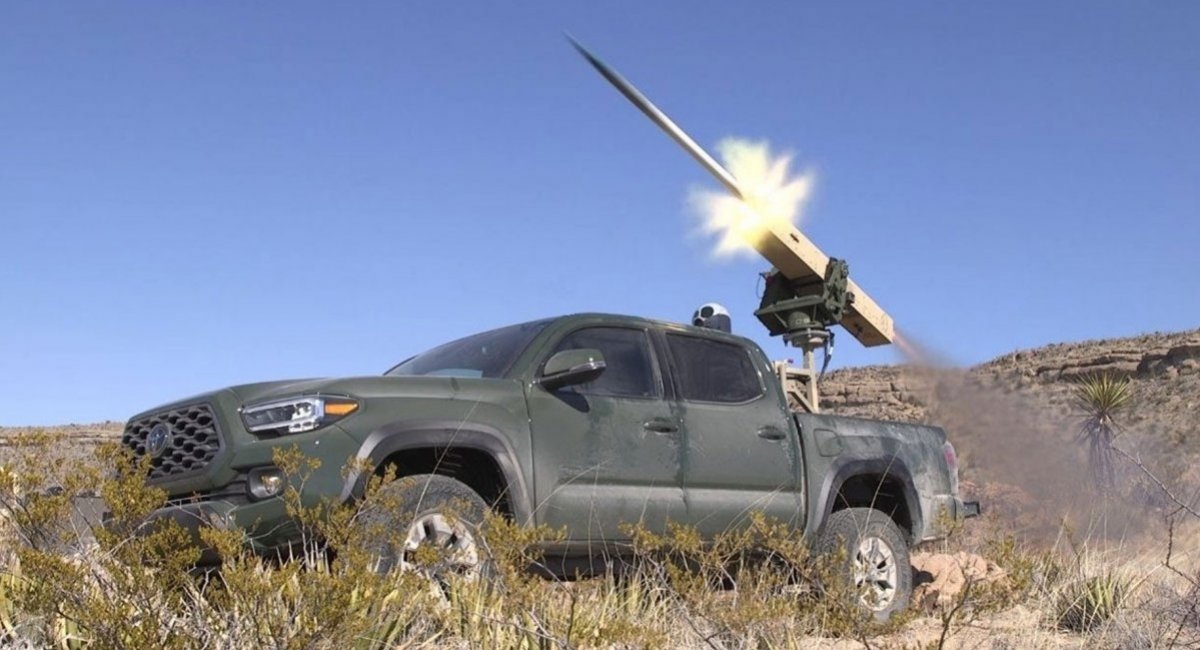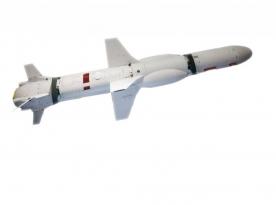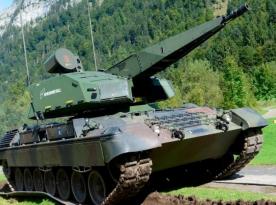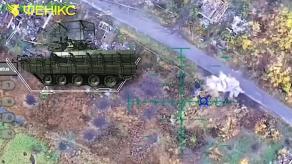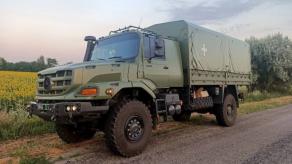Proven as an exceptionally productive means of defense against airborne drones and cruise missiles in Ukraine, the US-made Advanced Precision Kill Weapon System, or APKWS, will get upgrades to further increase its effectiveness.
The ongoing development of new versions of APKWS was discovered by The War Zone in the US Marine Corps aviation development plan for 2025. A laconic passage from the document mentions a new "suitable proximity fuse" compatible with current guidance and warhead combinations currently undergoing certification.
Read more: The Ukrainian Navy Intercepts russian Kh-59 Missile with the APKWS (First Video)
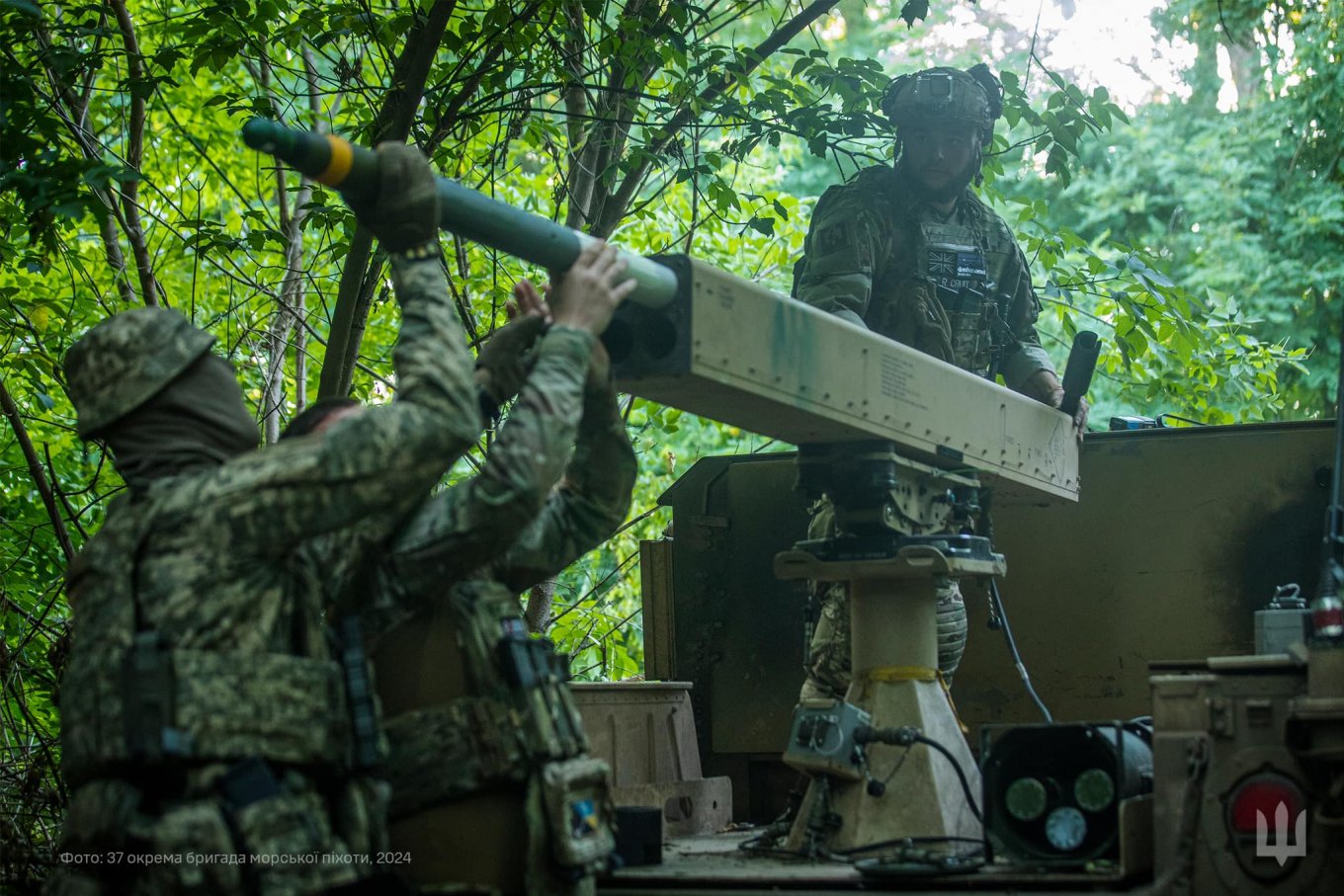
In addition, work is underway to create an APKWS alternative to the standard variant with semi-active laser guidance, with ongoing demonstrations with the US Army and Air Force "to determine feasibility of adding additional guidance methods to the APKWS family, including passive infrared seekers."
The journalists note the "snowballing" evolution of APKWS by BAE Systems. The guided rocket has found a niche among short-range air defense systems and under the wing of fighters due to its compact dimensions and affordability, its cost estimated between USD 20,000 and 30,000 per unit. It's not just a competitive price but an alternative solution many times cheaper than traditional anti-aircraft missiles.
For a reminder from Defense Express, the name APKWS refers not to the whole rocket but rather the equipment applied to an ordinary Hydra 70 unguided 70-mm rocket, precisely a set of electronics for guidance and flight control surfaces in the head and tail of the common air-launched rocket. Moreover, originally, APKWS was designed to destroy ground targets with precision-guided capability. In other words, when firing at an airborne target, detonation is possible only through direct physical contact with the target.
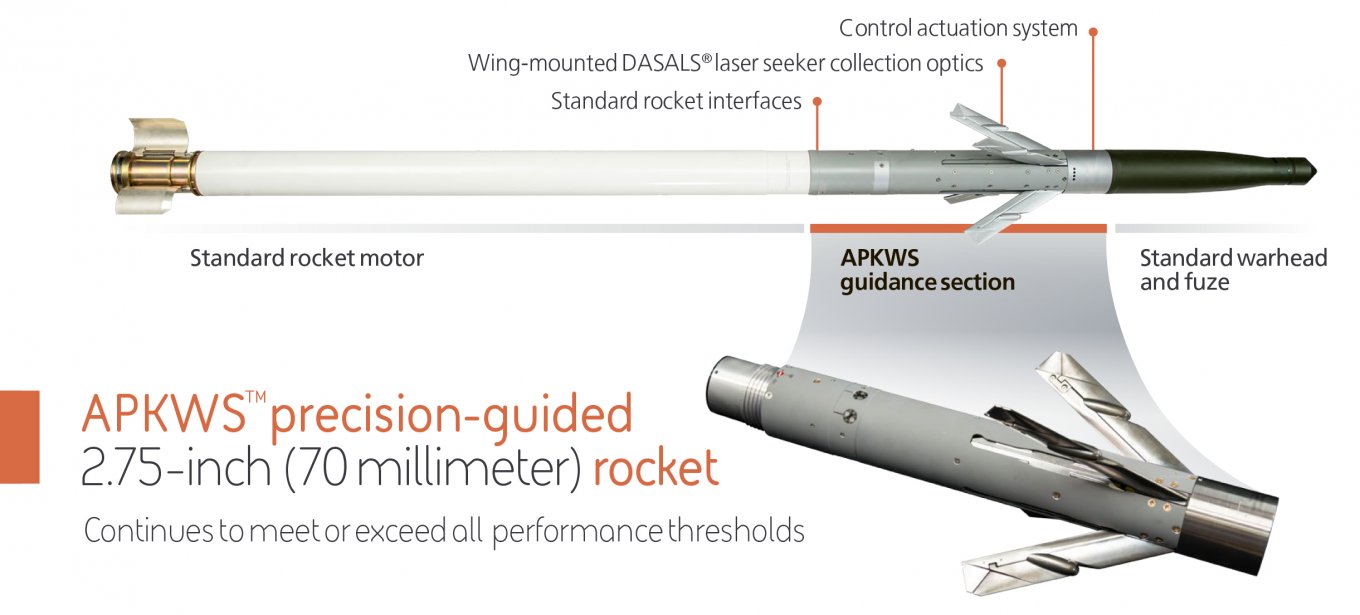
Although semi-active laser guidance ensures high accuracy, even a slight miss is critical: the rocket will simply fly past and self-destruct (usually after 15 seconds mid-flight). That said, adding the option to trigger the warhead upon simply approaching the target completely eliminates this drawback.
How exactly the proximity fuse will be implemented in the new APKWS is unknown for now. Among the classic options are laser detectors, command detonation, and an algorithm that triggers the explosion as soon as the warhead loses the closest target after reaching a point of convergence. Similarly to the rest of the kit, the devices must be cheap and require no modernization of the carriers.
Another challenge is to integrate an infrared homing head with APKWS. Back in the days of its initial development, BAE Systems came up with a very elegant solution to save the warhead and the Hydra engine. Contrary to the traditional placement of the semi-active laser homing head at the frontmost part of the munition, which would require reworking the warheads, the developers planted the receivers of the reflected laser signal on the control surfaces.
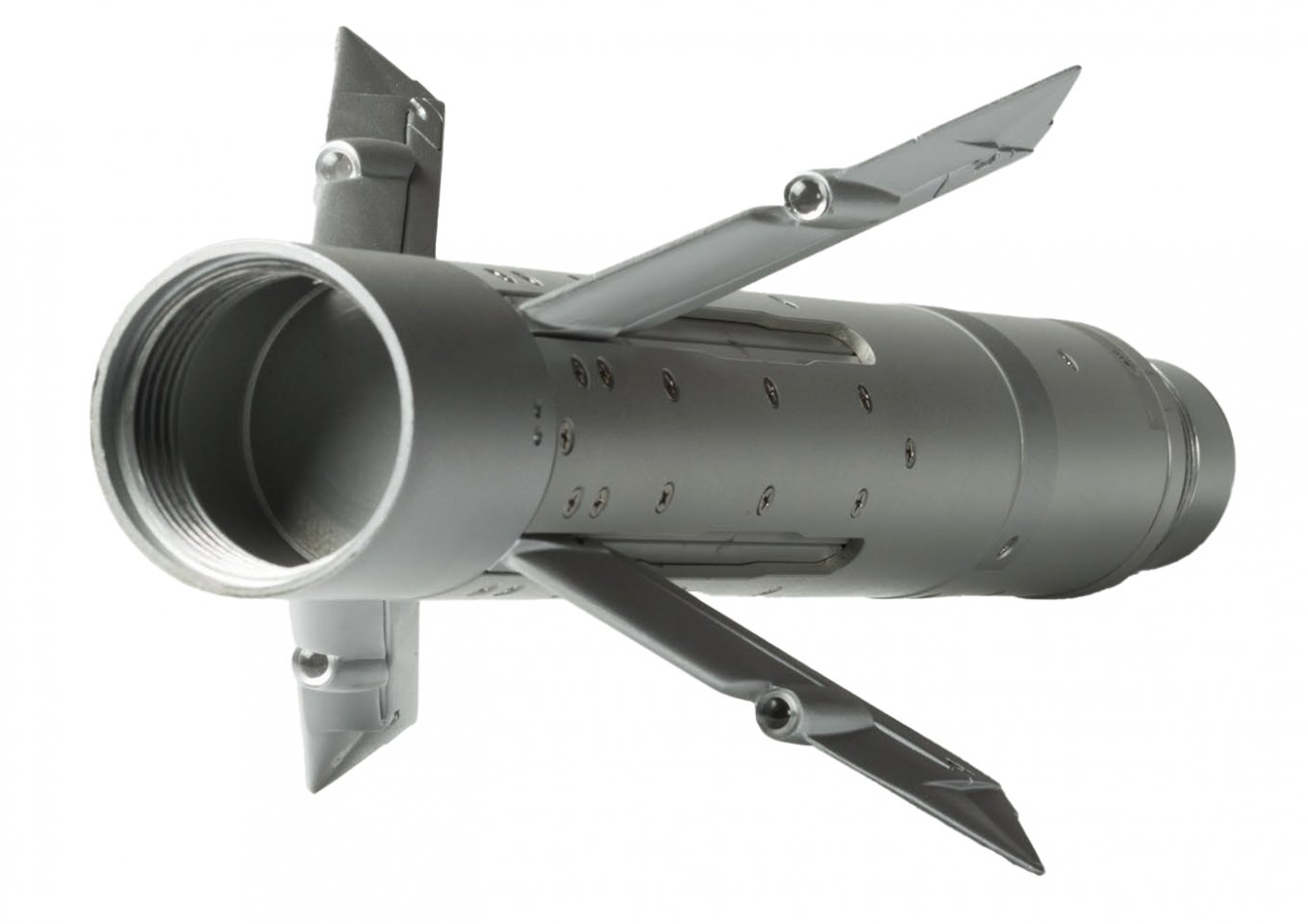
If they decide to preserve the APKWS concept, then the infrared sensors should be located in the middle section, a configuration that imposes serious design restrictions. That makes this task quite difficult or necessitates redesigning the system from scratch according to the conventional placement of the seeker in the nose. As if it wasn't difficult enough, they have to preserve the main advantage of APKWS: its cheapness.
The reward for success, on the flip side, will be a variant of APKWS with the fire-and-forget capability. The baseline version needs system operators to constantly illuminate the target for the semi-active seeker until the threat is destroyed. This makes APKWS a single-channel weapon, i.e. an air defense system utilizing APKWS can engage only one target simultaneously.
In contrast, infrared guidance has no such downside and can potentially intercept more threats at once, the only limitation being related to preventing unauthorized redirection of multiple effectors toward one target or other anti-aircraft weapons.
Also, the appearance of APKWS with infrared guidance is quite interesting as it will pave the way for the creation of MANPADS based on this rocket. After all, the missile itself weighs 15.8 kg. This is almost 6 kg heavier than the Stinger missile but 4 kg less than the Mistral 3.
Lastly, a reminder that in the ground-launched version, the declared range of APKWS is 6 km; and 14 km when launched from aircraft.
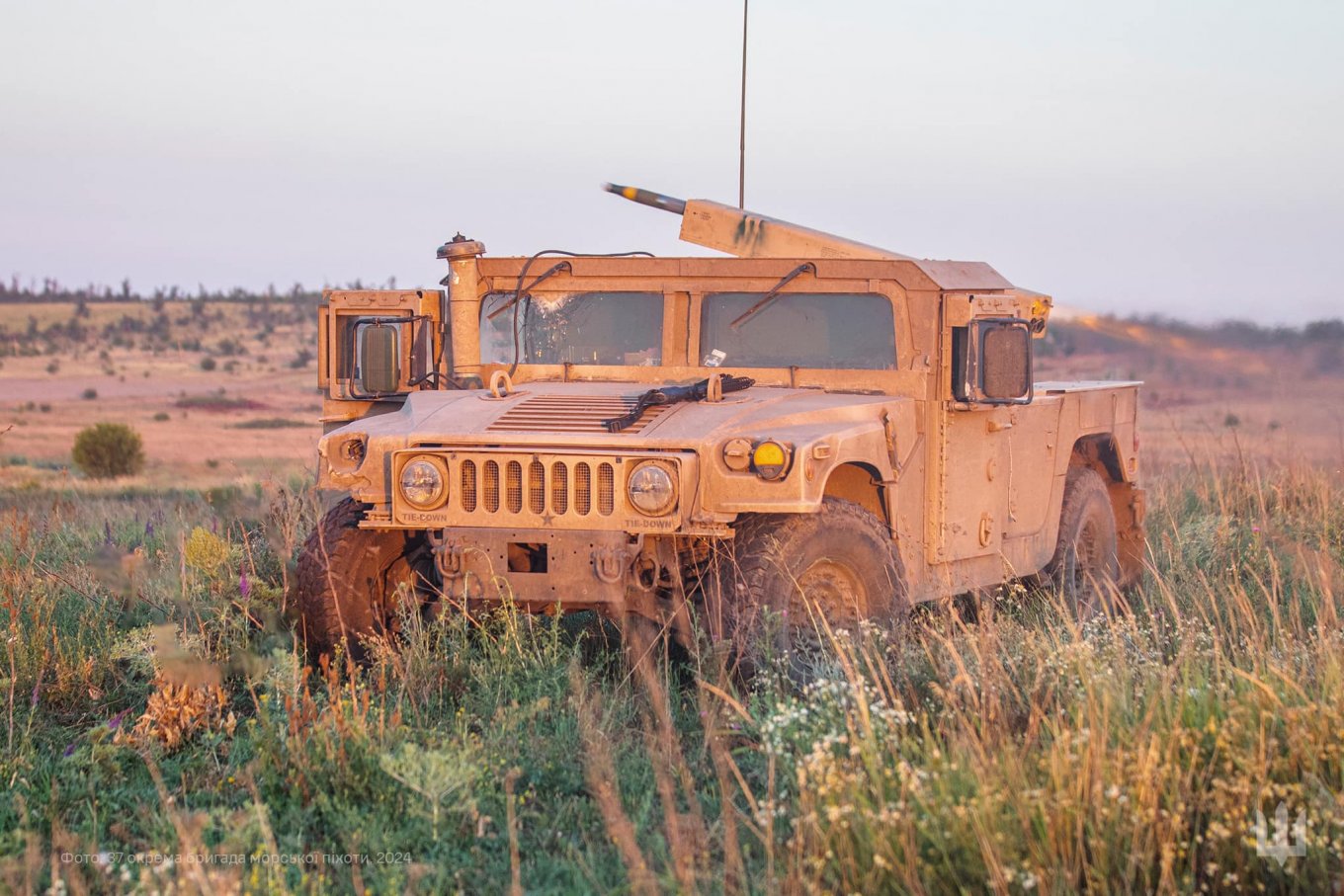
Read more: Ukrainian Marines Reveal APKWS Combined With HMMWV to Shell russian Positions (Photo)



